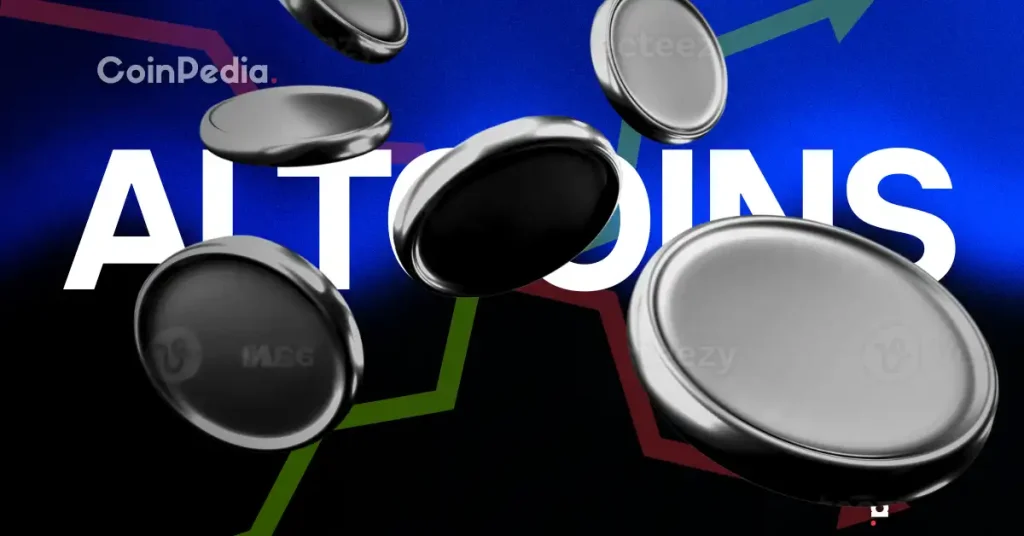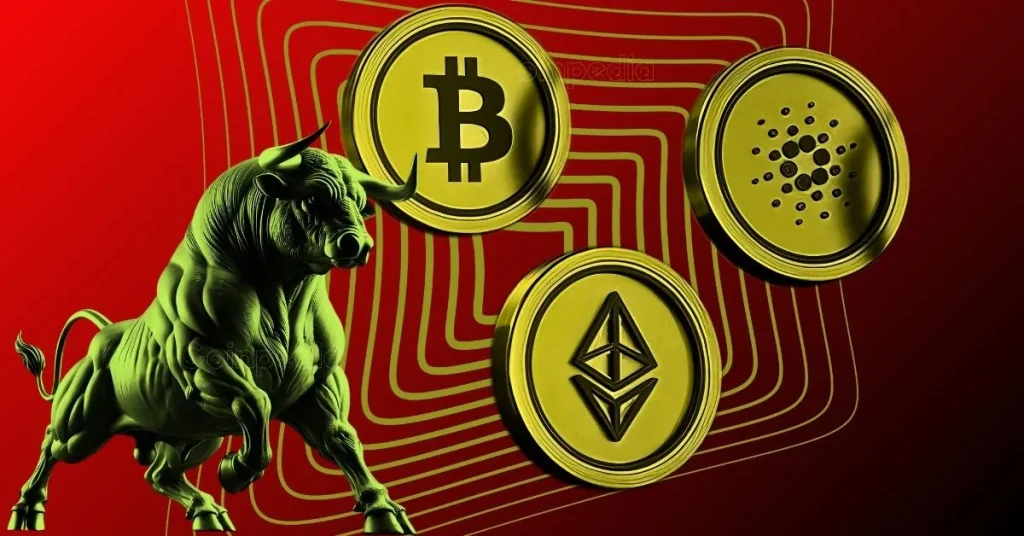Ethereum, established as a decentralized computing platform, has significantly impacted the blockchain and cryptocurrency spheres since its inception in 2015. Initially introduced by Vitalik Buterin in 2013, Ethereum has garnered massive attention and amassed $18 million in 2014 before launching its mainnet, Frontier. It ranks as the second-largest cryptocurrency by market capitalization, following Bitcoin.
What Were the Major Turning Points?
Throughout its history, Ethereum has experienced several transformative events. The 2016 hack of The DAO, causing a loss of $60 million, led to a critical fork, resulting in the creation of two distinct blockchains: Ethereum and Ethereum Classic. The ERC-20 token standard, introduced in 2017-2018, further propelled token adoption, despite significant price fluctuations.
Where Is Ethereum Headed Technologically?
The year 2020 marked the rise of decentralized finance (DeFi) projects such as Uniswap and Compound, which gained prominence on Ethereum’s network. The subsequent growth of NFTs showcased Ethereum’s potential, particularly highlighted by the renowned sale of a Beeple NFT artwork.
Buterin articulated Ethereum’s broader vision:
“Instead of creating a device with a specific function, we focused on building a platform that understands a programming language and allows people to achieve what they want.”
In 2022, Ethereum underwent a significant change through the Merge update, reducing its energy use by 99% through a shift to a proof-of-stake model. This transition emphasized its ecological efficiency while ongoing developments in rollups and layer 2 solutions aim to bolster scalability.
Ethereum has gained substantial traction with exchange-traded funds (ETFs) and institutional investors, integrating into various financial processes. Celebrating its 10-year milestone, the Ethereum Foundation held numerous events worldwide.
Projections for Ethereum’s future remain optimistic, with estimates suggesting a price potentially exceeding $15,000 by 2030. These predictions rely on ongoing financial innovations and Ethereum’s integral role in blockchain infrastructure.
- The Merge update reduced Ethereum’s energy consumption significantly.
- ERC-20 token standard accelerated adoption amid price volatility.
- Ethereum faces competition from emerging layer 1 chains.
Ethereum’s journey reflects immense growth and adaptability, maintaining a strong presence in decentralized finance and NFTs. To preserve its prominence, continuous innovation is essential, especially against emerging competitor chains. The platform’s progress will likely influence global financial systems, contingent on how it navigates technological and regulatory challenges ahead.
Disclaimer: The information contained in this article does not constitute investment advice. Investors should be aware that cryptocurrencies carry high volatility and therefore risk, and should conduct their own research.
















 English (US)
English (US)